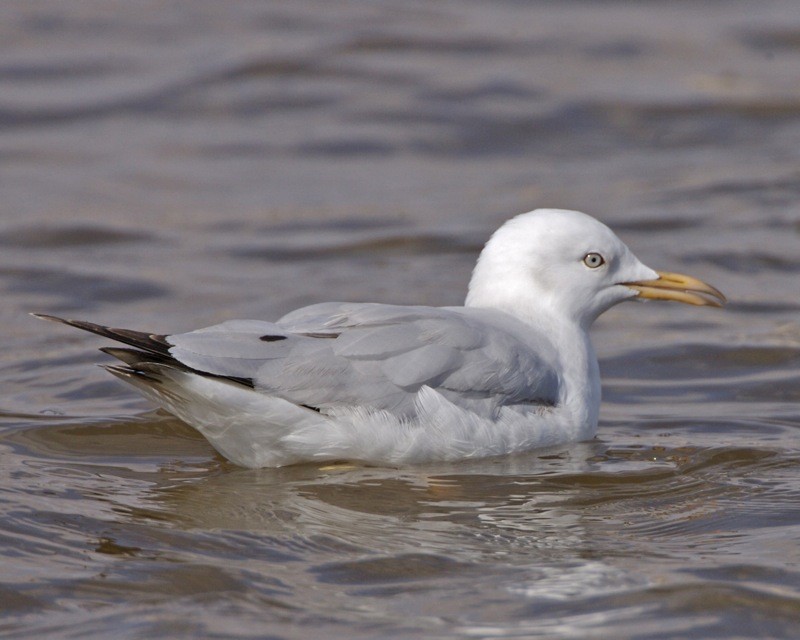Slender-billed Gull
A species of Masked Gulls Scientific name : Chroicocephalus genei Genus : Masked Gulls
Slender-billed Gull, A species of Masked Gulls
Botanical name: Chroicocephalus genei
Genus: Masked Gulls
Content
Description General Info
 Photo By Lip Kee on Flickr , used under CC-BY-SA-2.0 /Cropped and compressed from original
Photo By Lip Kee on Flickr , used under CC-BY-SA-2.0 /Cropped and compressed from original Description
This species is 37 to 40 cm (14.6 to 15.7 in) long with a 90 to 102 cm (35.4 to 40.2 in) wingspan. It is therefore slightly larger than the black-headed gull, which it resembles, although it does not have a black hood in summer. It has a pale grey body, white head and breast and black tips to the primary wing feathers. The head and dark red bill have an elongated tapering appearance, and this bird also appears long-necked. The legs are dark red, and the iris is yellow. In summer, the breast has a faint pink colouration. This bird takes two years to reach maturity, as is usual in gulls. First year immature birds have a black terminal tail band, and dark areas on the wings. 
Size
44 cm
Life Expectancy
23 years
Nest Placement
Ground
Feeding Habits
Slender-billed Gull predominantly consume small fish, aquatic invertebrates, and insects, using opportunistic foraging techniques. They exhibit a distinctive preference for shallow water prey and display adaptability in their feeding times and locations.
Habitat
Slender-billed Gull thrives in coastal wetlands, namely lagoons, estuaries, and marshes, adapting to various wetland habitats including grasslands for nesting. Their range encompasses the Mediterranean to Central Asia's inland seas and steppe lakes. During non-breeding seasons, they frequent inshore waters and coastal wetlands, yet seldom venture into open sea, except when migrating.
Dite type
Piscivorous
General Info
Feeding Habits
Bird food type
Behavior
About half of the slender-billed gull's food is fish. It flies a few metres above the surface of the water and dives into the water when it sees suitable prey. It also probes in the mud with its beak to feed on marine invertebrates and catches insects in flight. This rather uncommon gull breeds in colonies, nesting on the ground and laying up to three brown-spotted white eggs in a scrape sparsely lined with feathers and bits of vegetation. Incubation takes about 25 days and the young fly after another 25 days. Like most gulls, it is gregarious in winter, both when feeding and in evening roosts. It is not a pelagic species, and is rarely seen far from land. 
Distribution Area
The slender-billed gull breeds in lagoons and lakes around the Mediterranean Sea and in similar locations in countries bordering the northwestern part of the Indian Ocean. In 2010 a successful colony was found breeding on an island in a mountain lake in Algeria. The lack of predators and disturbance allowed over 98% of the eggs to hatch. It overwinters on the coast in estuaries and bays. It feeds in deltas, marshes and grassland. It is one of a number of species of gull to feed on landfill sites. 
Scientific Classification
Phylum
Chordates Class
Birds Order
Shorebirds Family
Gulls Genus
Masked Gulls Species
Slender-billed Gull